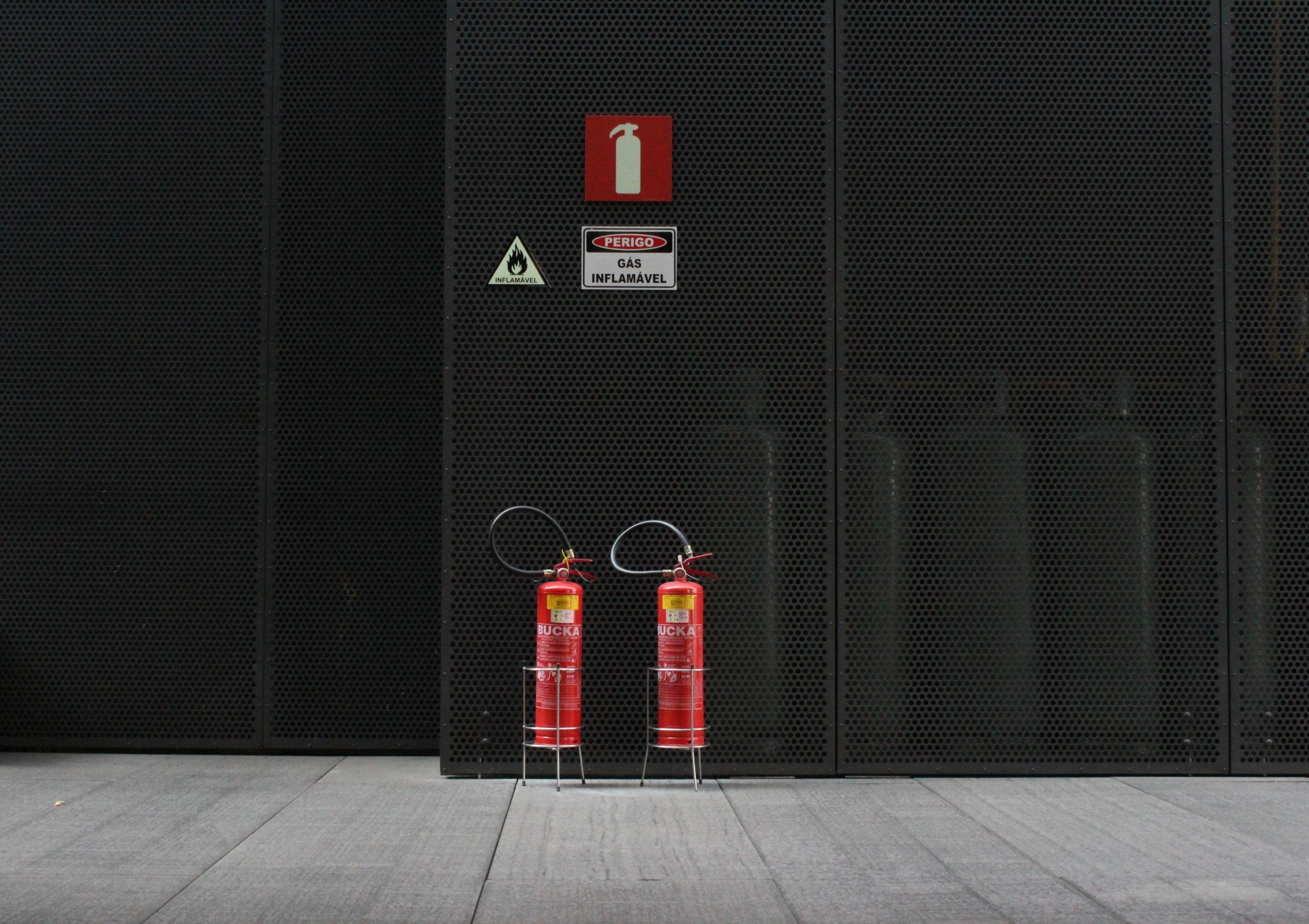Fire safety in Sydney isn’t just a matter of ticking off the boxes for compliance. The Annual Fire Safety Statement is an essential part of the process. It not only satisfies the legal standards, but also displays the owner’s dedication and commitment to security. The annual Fire Safety Statement (AFSS) is the heart of the system. It’s not only a matter of meeting the legal requirements but also demonstrates a building owner’s commitment to safety and responsible behavior.

Why the Annual Statement on Fire Safety is Needed?
The requirement to have an annual Fire Safety Statement Sydney was not designed as an exercise in paper. The requirement was formulated because fire protection systems, no matter how they are designed, will only function when they are tested, maintained and inspected on a regularly. Although it may appear that a sprinkler set up in the past 10 years is functioning well, but it won’t perform in an emergency situation when the system hasn’t been examined.
The AFSS asks owners to prove each year that all the fire safety equipment which include alarms and exit lighting, and hydrants are in good working order and conform to the specifications originally laid out by the Building Code of Australia. The AFSS isn’t just an inspection but also a publicly-proclaimed declaration of the safety and resiliency of the structure in the in the event of a major catastrophe.
What’s the main difference between AFSS and Fire Safety Certificates?
Many homeowners confuse the annual statement with Fire Safety Certificate, but their functions differ. The certificate is issued once a new system is installed or when major upgrades are completed. It demonstrates that the latest measures meet regulations before an apartment or tenancy building can be used. The AFSS is a supplementary step. It’s a continuous obligation that proves the same systems are able to meet the standards every year following the installation.
They are able to create a protection loop when they’re joined: the certificates verify that safety systems have been installed correctly and the annual audits verify that the systems are maintained over the lifetime of the building. A failure to complete either of the steps can break the entire chain.
The Responsibility Placed on Building Owners
One of the unique features of the AFSS procedure in New South Wales is that it imposes ultimate responsibility on the property owner. The AFSS system is different from other compliance systems that allow problems to be categorized into major and minor. Even if one measure does not work the entire statement is invalid.
Owners are required to be proactive. To keep deadlines in mind, they should arrange inspections, find qualified professionals, plan repairs, and then submit the documents to the council. For commercial landlords and strata committees, this task involves coordination between tenants and contractors as well as insurers. Although it can be challenging, this structure is designed to ensure that security is not threatened or delayed.
The Impact of AFSS on Sydney
Beyond legal compliance beyond legal compliance, the AFSS has more ramifications. If you are considering renting a spaces, tenants are often asked whether the current safety declaration of the building. Insurers often ask for the copy prior to finalizing their insurance coverage. A current Annual fire safety statement can therefore influence property value, tenant confidence, and even insurance premiums.
It gives councils a peace of mind that they are regularly monitoring of thousands buildings in Sydney. For fire departments this means that the systems are more likely to operate in real emergencies, which reduces the risk to occupants as well as firefighters. The AFSS does not just protect individual buildings, but also makes the city safer.
Conclusion: AFSS As a Standard of Trust
The annual fire safety declaration Sydney is a requirement that may appear to be a bureaucratic hurdle however, in reality, it’s a mark of trust. It proves that fire safety measures are not put at risk. It also confirms that the equipment is trustworthy and that building owners take the responsibility for their residents their well-being. This certificate, when used with a Fire Safety Certificate completes the system for verifying both the safety measures that are in place and their continual performance.
The lessons for property owners are simple: AFSS is much more than a mere deadline. It’s a commitment security, accountability and community confidence. This is why the AFSS an essential part of Sydney’s rapidly growing urban landscape where many rely on a safe and legal building.
